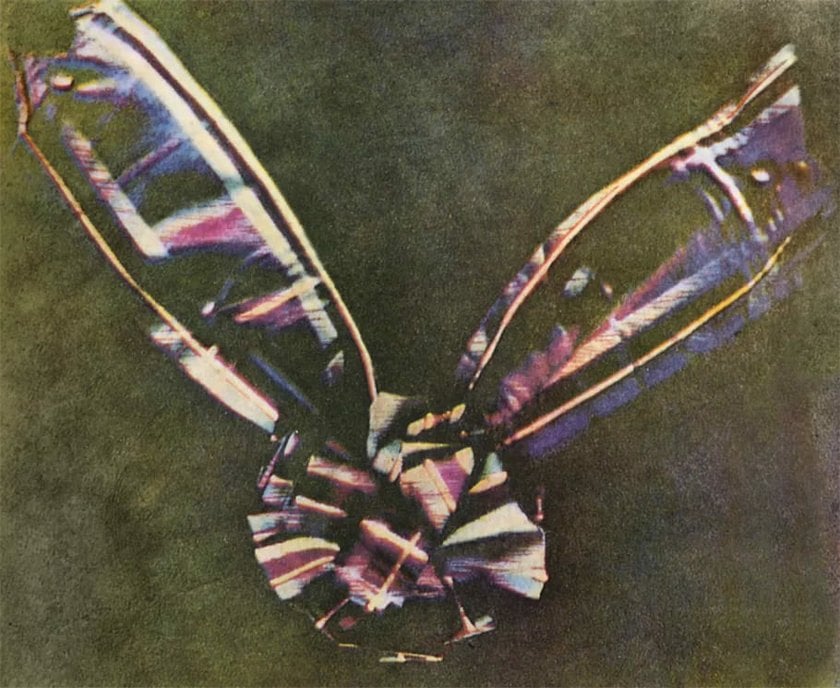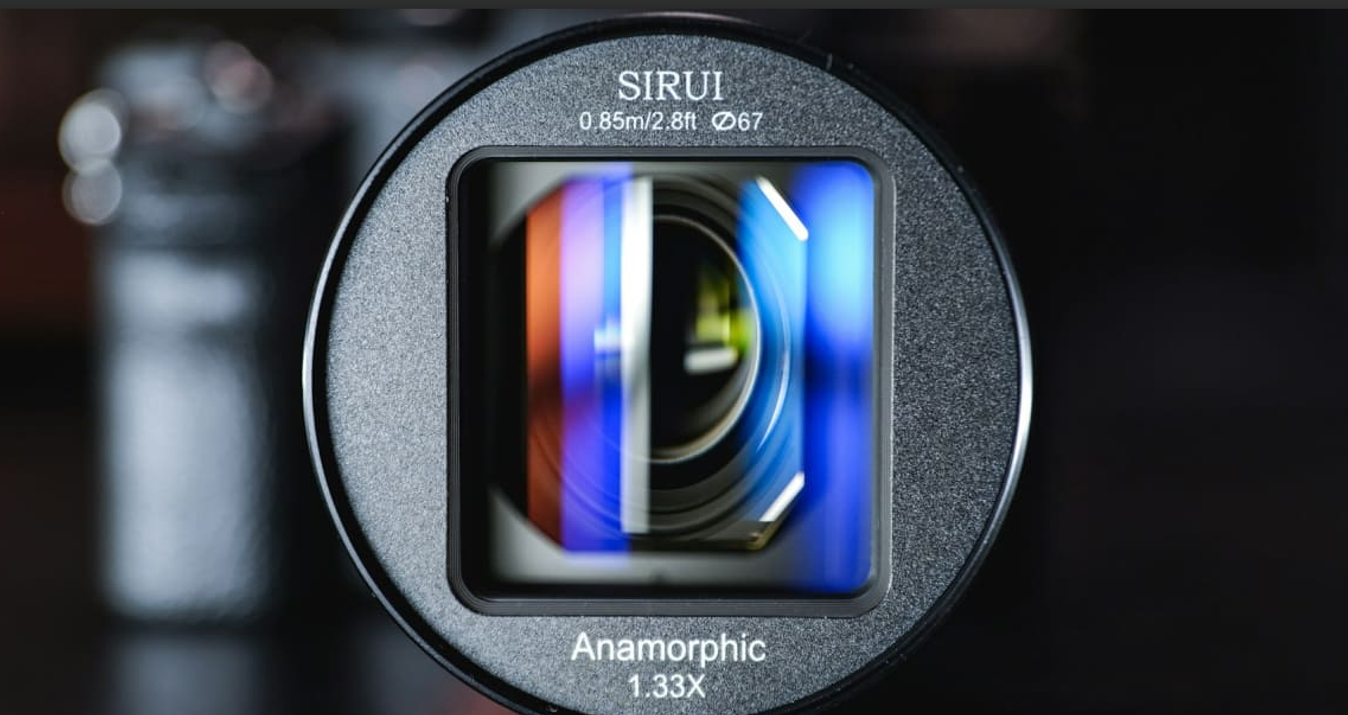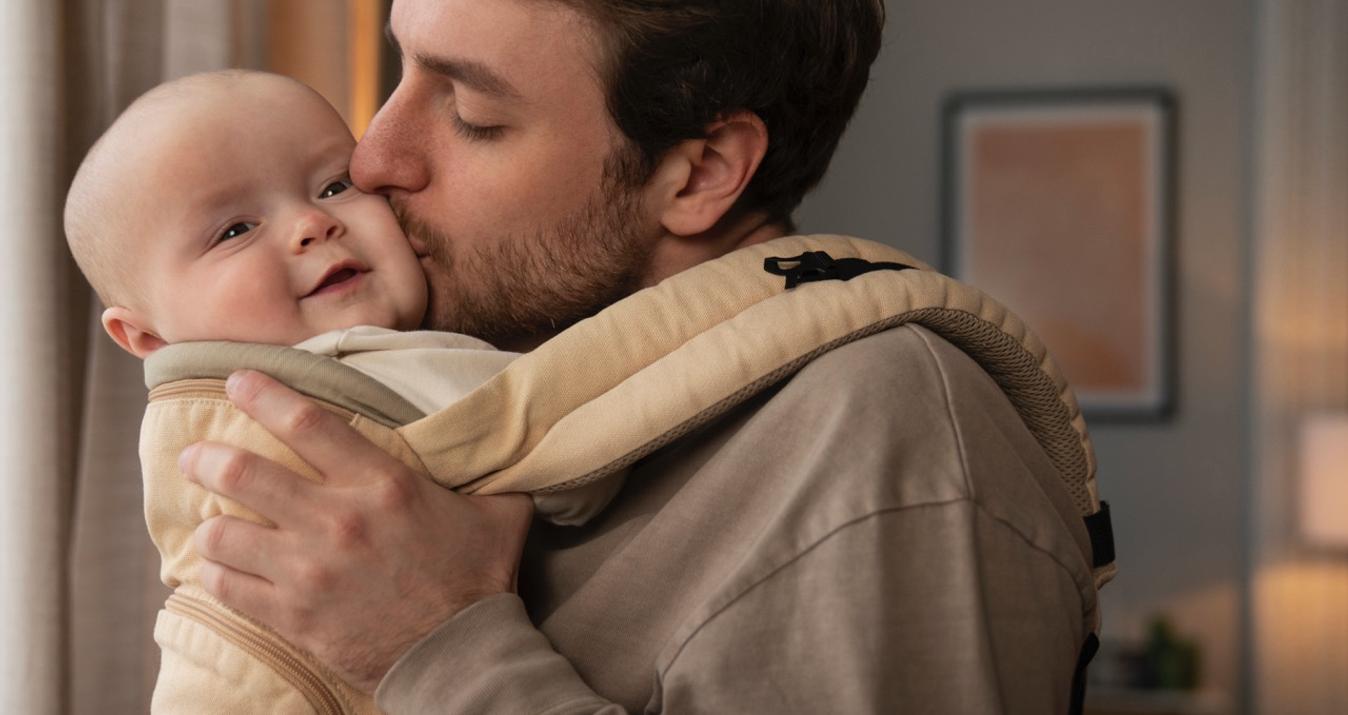History of Photography
October 15, 2024

Explore the captivating history of photography, from its early inventions to modern techniques. Discover the milestones that shaped this art form.
Welcome to the fascinating journey through photography history—a medium that has transformed how we capture, preserve, and interpret the world around us. From its humble beginnings with the simple camera obscura to the complex digital cameras of today, photography has evolved in ways that its inventors could hardly have imagined. This article will guide you through the pivotal moments that have defined this art form, exploring the technical innovations and the profound impacts these have had on society and culture!
We'll meet the inventors who captured light and discover how their creations have changed the way we see the world. Gear up for a journey through time that’s sure to give you plenty of “aha!” moments.
Let’s see how a simple light capture transformed into the powerhouse of imagery it is today!
Introduction to the History of Photography
 What is the History of Photography?
What is the History of Photography?
The concept of photography has been with us for a long time, since the 4th century BC, when Aristotle first described the principles of the camera obscura. This concept was further developed in the 11th century by an Iraqi scientist who refined the camera obscura, which marked a significant evolution in the use of light. Since then, the art of capturing images with light has evolved from early optical devices to the digital cameras of today.
Photography started as a scientific curiosity and made it one of the means of everyday communication. We will explore every step this art of light took and investigate what makes it so special and how it has evolved so extensively!
Exclusive Tools of Endless Possibilities in One AI Editor
Explore Now!Early Beginnings: The Advent of Photography
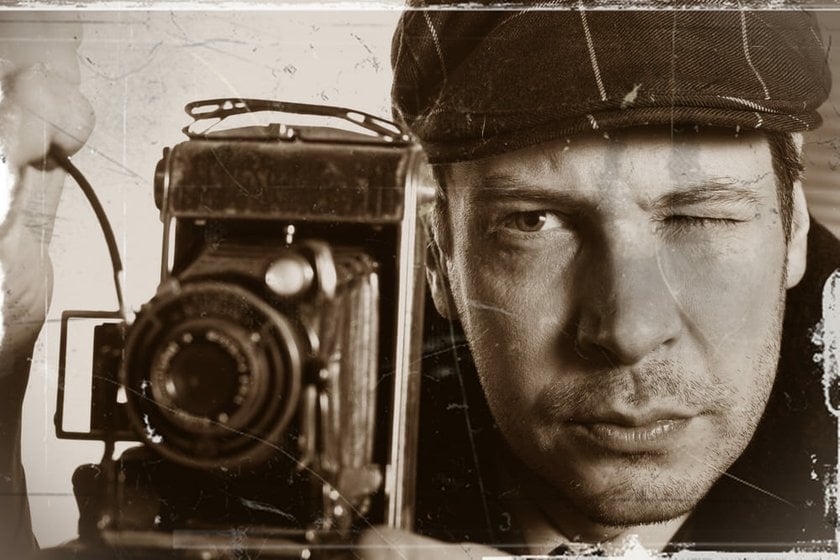 The Earliest Concepts and the Camera Obscura
The Earliest Concepts and the Camera Obscura
Think about a time before the digital snapshot, even before the film. That’s where the camera obscura comes in. Originating back in the 4th century BC, this clever device laid down the basic principles of photography without even capturing a single image. It was essentially a dark room or box with a small hole on one side; light would pass through this hole, projecting an inverted image of the outside world inside. By the 11th century, enhancements by an Iraqi scientist turned this intriguing optical phenomenon into a real tool for understanding how we see light and images, paving the way for everything that came next.
Inventing the Medium: Early Experiments
 Fast forward to the 19th century: 1826 is a year to remember because that’s when Joseph Nicéphore Niépce, using his camera obscura, made a breakthrough by capturing the first permanent image. He did this from his own window in Saint-Loup-de-Varennes, France, using a pewter plate coated with bitumen. This was a moment that stayed, marking the beginning of true photography.
Fast forward to the 19th century: 1826 is a year to remember because that’s when Joseph Nicéphore Niépce, using his camera obscura, made a breakthrough by capturing the first permanent image. He did this from his own window in Saint-Loup-de-Varennes, France, using a pewter plate coated with bitumen. This was a moment that stayed, marking the beginning of true photography.
The Development of Permanent Images
Niépce’s experiment was just the start, and his method, called heliography, was the earliest attempt to create permanent images from the camera obscura. Let's cover all of the processes that were developed:
1. Heliography
This process used a pewter plate coated with bitumen which hardened in response to light exposure. It was a delicate balance of exposure time and processing that brought in the oldest surviving photograph of a view from Niépce’s estate.
2. The Daguerreotype
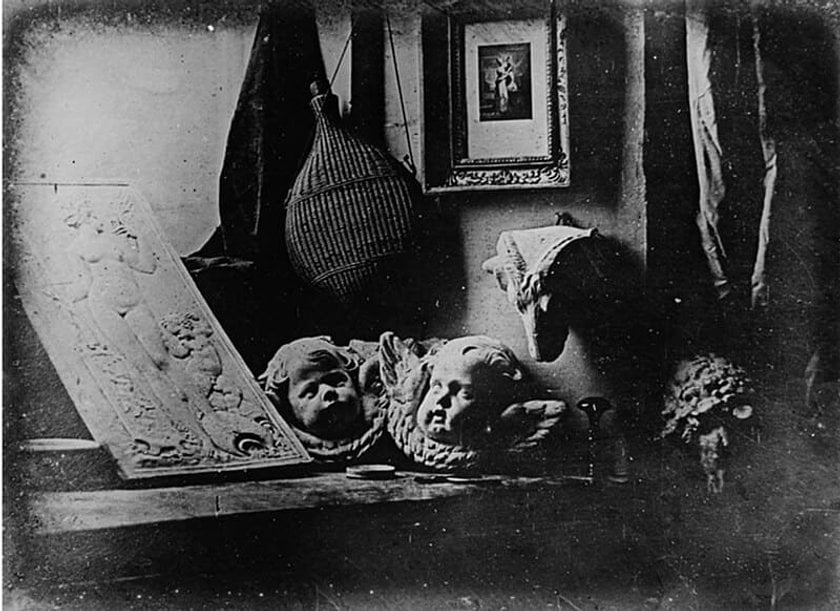
Niépce's work with Louis Daguerre resulted in the appearance of the daguerreotype in 1837. This process was a leap forward in creating sharper and more detailed images with shorter exposure times, and it quickly became the first one that was commercially successful.
3. Calotype and Talbotype
At the same time, William Henry Fox Talbot in England was working on the calotype process, a precursor to the modern photographic method, which used paper coated with silver iodide to create a negative image. This was revolutionary because it allowed for multiple positives to be produced from a single negative, a fundamental concept in photographic printing.
Each innovation built on the last led us to the rich visual culture we have today!
The Evolution of Photography Techniques
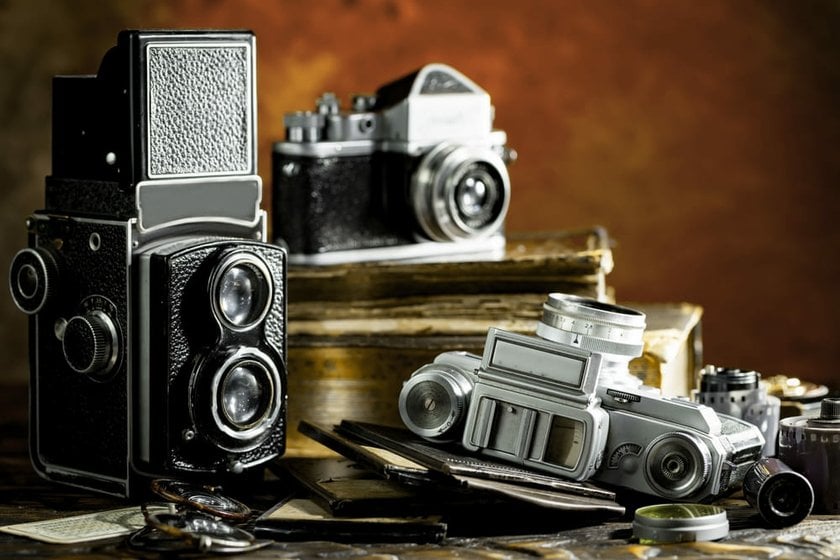 The Revolution of Photographic Processes
The Revolution of Photographic Processes
Development of the Wet Collodion Process
Back when portraits were as common as selfies are today, the wet collodion process changed the game. In the 1850s, it offered a more economical option than the daguerreotypes and slashed the exposure time to mere seconds. This method involved a glass plate coated with collodion, prepped just before exposure, which demanded photographers to work quickly and precisely. Also, during this period, cameras were equipped with bellows for better focus, and they sharpened up Civil War images and family portraits. While this was a major advancement toward achieving sharper photos, today's photo sharpening software further simplifies the process of enhancing image clarity!
Introduction of Dry Plates
Fast forward to 1871, the dry plate appeared, thanks to Richard Maddox. This breakthrough let photographers store pre-coated plates and, therefore, freed them from the on-the-spot preparations required by wet plates. By 1873, further enhancements by Charles Harper Bennett upped the quality, leading to quicker exposures and paving the way for the birth of hand-held cameras. This set off a new wave of photographic freedom — imagine, snapping shots without lugging around a portable darkroom!
The Advent of Roll Film and Instant Photography
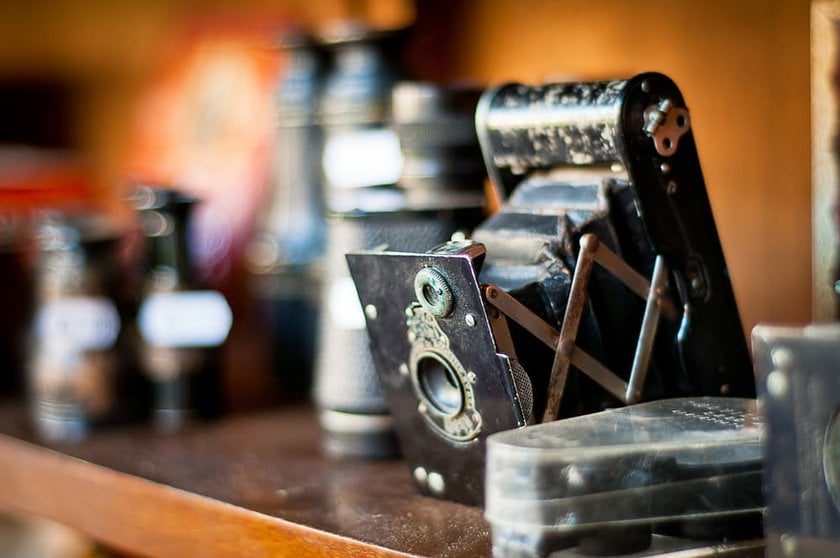 The Magic of Instant Images
The Magic of Instant Images
Nothing says “instant gratification” like a Polaroid. In 1948, Edwin H. Land introduced the Polaroid Model 95, and suddenly, photographs could develop right before your eyes in under a minute. It was a marvel of chemistry and convenience rolled into one sleek package; users were fascinated by it from the 1960s to the 1970s. Despite a dip in popularity and a brush with oblivion, Polaroid made a comeback with the Impossible Project, now known simply as Polaroid, ensuring that instant photography still has a place in our digital world.
Innovations Leading to the SLR Camera
While the seeds for the SLR (single-lens reflex) camera were sown in the 1890s, it wasn't until the 1950s that this technology flourished. SLRs revolutionized photography and allowed the shooter to see exactly what the lens sees because of its reflex mirror system. This era marked a significant leap toward the sophisticated cameras we rely on today!
Each step in the evolution of photographic technology helped turn everyday people into photographers, no matter their photography level!
The Rise of Photographic Genres
Portraiture and Early Photojournalism
 Right from the start, portraiture captured the spotlight in photography. Early photographers like Gaspard-Félix Tournachon, known as Nadar, elevated the craft in the 1850s when they captured prominent French figures. For example, Nadar used nothing but plain backdrops and natural light, but his portraits brought out every nuanced detail of his subjects and set a high bar for photographers.
Right from the start, portraiture captured the spotlight in photography. Early photographers like Gaspard-Félix Tournachon, known as Nadar, elevated the craft in the 1850s when they captured prominent French figures. For example, Nadar used nothing but plain backdrops and natural light, but his portraits brought out every nuanced detail of his subjects and set a high bar for photographers.
As photography and the press began their long-standing partnership, the seeds of photojournalism were sown. From the 1839 French magazines featuring daguerreotype images to Roger Fenton’s groundbreaking coverage of the Crimean War in 1855, photography was fast becoming the eyes through which the public saw the world. Fenton’s ability to produce 360 photographs under the trying conditions of war pushed photography firmly into the realm of vital historical documentation.
Landscape and Architectural Photography
 This era also saw a boom in landscape and architectural photography as British photographers ventured to capture the vast expanses of the empire. Their work did more than just fill albums; it played a crucial role in documenting and preserving the grandeur of distant lands. Across the pond, William Henry Jackson’s iconic images of the American West, like his famous shots of Yellowstone, captured the imagination and helped spur the creation of the national parks.
This era also saw a boom in landscape and architectural photography as British photographers ventured to capture the vast expanses of the empire. Their work did more than just fill albums; it played a crucial role in documenting and preserving the grandeur of distant lands. Across the pond, William Henry Jackson’s iconic images of the American West, like his famous shots of Yellowstone, captured the imagination and helped spur the creation of the national parks.
Photography as Social Commentary
 Photography quickly developed into a powerful medium for social commentary in the mid-19th century. It all started in London with stark images of the working poor and homeless children. This genre was meant to shed light on the darker sides of society and inspire change. Thomas John Barnardo extended this in the 1870s with his before-and-after shots to promote social intervention. Although he later admitted to staging some photos for effect, his work set a precedent for using photography as a tool for advocacy.
Photography quickly developed into a powerful medium for social commentary in the mid-19th century. It all started in London with stark images of the working poor and homeless children. This genre was meant to shed light on the darker sides of society and inspire change. Thomas John Barnardo extended this in the 1870s with his before-and-after shots to promote social intervention. Although he later admitted to staging some photos for effect, his work set a precedent for using photography as a tool for advocacy.
Across the Atlantic, Jacob Riis used his camera to expose the harsh realities of life in New York City’s slums, and thus influenced reforms and improved living conditions. His candid photos didn’t just tell stories; they changed lives by influencing city planning and public policy.
Through each of these genres, photography proved its ability to not only capture beauty and document reality but also to inspire change and influence public perception! Photography kept evolving, and new styles like street photography were gaining popularity. If you are interested in this dynamic genre, check out street photography tips to find out how to capture urban life!
Photography in the 20th Century: A New Era
The Rise of Color Photography
As the 20th century dawned, color photography emerged from the shadows of its monochrome predecessors. Early photographers had to rely on hand-tinting techniques to bring color to life, which implied delicately painting over black-and-white images. All this process changed with the invention of Autochrome plates in the early 1900s. It was the first practical method for true color photography! Over the years, this breakthrough led to our modern photography.
The Influence of the SLR Camera
 The mid-20th century was a golden era for camera technology, particularly with the rise of the Single Lens Reflex (SLR) camera. Innovations like Agfa’s introduction of the first camera with aperture priority in 1956 and Canon’s debut of autofocus technology in 1963 transformed photography. These advancements made cameras more user-friendly and allowed both amateur and professional photographers to capture the world with unprecedented ease and precision. By the 1970s, the quality of compact "point-and-shoot" cameras had improved significantly, appealing to casual photographers with their automatic settings, while serious enthusiasts and professionals continued to prefer the manual controls of SLR cameras.
The mid-20th century was a golden era for camera technology, particularly with the rise of the Single Lens Reflex (SLR) camera. Innovations like Agfa’s introduction of the first camera with aperture priority in 1956 and Canon’s debut of autofocus technology in 1963 transformed photography. These advancements made cameras more user-friendly and allowed both amateur and professional photographers to capture the world with unprecedented ease and precision. By the 1970s, the quality of compact "point-and-shoot" cameras had improved significantly, appealing to casual photographers with their automatic settings, while serious enthusiasts and professionals continued to prefer the manual controls of SLR cameras.
The Transition to Digital Photography
 The late 20th century witnessed a monumental shift with the advent of digital photography. Kodak developed the first digital camera in 1975, a bulky experimental device, setting the stage for the future of photography. By the late 1980s, companies like Fujifilm began releasing consumer digital cameras, culminating in the 1991 introduction of the Kodak DCS 100, the first commercially available DSLR. This era also saw the blending of photography with new technology, such as the integration of cameras into mobile phones in the 2000s — it fundamentally changed how we capture and share our personal moments.
The late 20th century witnessed a monumental shift with the advent of digital photography. Kodak developed the first digital camera in 1975, a bulky experimental device, setting the stage for the future of photography. By the late 1980s, companies like Fujifilm began releasing consumer digital cameras, culminating in the 1991 introduction of the Kodak DCS 100, the first commercially available DSLR. This era also saw the blending of photography with new technology, such as the integration of cameras into mobile phones in the 2000s — it fundamentally changed how we capture and share our personal moments.
George Eastman’s Kodak played a pivotal role throughout the century, from his introduction of roll film in 1888 to making cameras accessible to the masses. His innovations led to the famous phrase "Kodak moment," meaning an event that is worth capturing forever. It cemented Kodak’s legacy in the photography industry!
So, the improvements made during these years have made it possible for photography to be more than just a means of preserving memories.
Modern Photography: The Digital Age
The Smartphone Camera Revolution
 By the early 2000s, the world of photography was about to change forever. In 2000, Sharp introduced the J-SH04, the first phone that could send photos electronically. Though its 0.11-megapixel camera may seem laughable now, it marked the beginning of a revolution at that time. Over the next two decades, smartphone cameras improved at an unprecedented rate.
By the early 2000s, the world of photography was about to change forever. In 2000, Sharp introduced the J-SH04, the first phone that could send photos electronically. Though its 0.11-megapixel camera may seem laughable now, it marked the beginning of a revolution at that time. Over the next two decades, smartphone cameras improved at an unprecedented rate.
Today, smartphones are equipped with 12-16 megapixel cameras, and advanced technology like AI-enhanced photography, multi-lens systems, and real-time editing features have made them an inseparable part of our daily lives. By the way, if you are just starting with post-processing, we recommend checking out a guide on free photo editors for beginners!
Most people now rely solely on their smartphones to document everything — from important life moments to everyday snapshots. This revolution has not only changed the way we take photos but also how we share them. Social media platforms like Instagram and TikTok thrive on smartphone photography, giving everyone the ability to become a photographer and reach a global audience with a few taps. The convenience and power of these tiny cameras in our pockets continue to push the boundaries of what’s possible.
Mirrorless Cameras and the Future of Photography
 While smartphones were the main tool in casual photography, the rise of mirrorless cameras is shaping the future of professional photography. Mirrorless cameras took what DSLR cameras perfected and made it even better — by eliminating the internal mirror system, they reduced the size and weight of the camera while improving performance. This new design also paved the way for advancements in sensor technology, faster autofocus, and increased image quality.
While smartphones were the main tool in casual photography, the rise of mirrorless cameras is shaping the future of professional photography. Mirrorless cameras took what DSLR cameras perfected and made it even better — by eliminating the internal mirror system, they reduced the size and weight of the camera while improving performance. This new design also paved the way for advancements in sensor technology, faster autofocus, and increased image quality.
Since the 2010s, major players like Sony, Canon, and Nikon have been leading the charge, with mirrorless systems now at the forefront of camera technology. These cameras offer everything from high-speed continuous shooting to flawless low-light performance, and they are only getting better with each passing day!
The Role of Technology in Modern Photography
Technology is the driving force behind modern photography. Today’s digital cameras are faster, smarter, and more connected than ever. Features like Wi-Fi and Bluetooth allow photographers to instantly share their images across social media or with clients, while improvements in sensors have given us stunning resolution, color accuracy, and detail, which means we can demonstrate structure in photography better!
Artificial intelligence is playing a huge role, too. AI-powered cameras can adjust settings in real-time, correct exposure, and even remove unwanted elements from a photo with a single click.
The future of photography is bright, and it’s clear that the combination of technology and art will continue to push boundaries. What’s next? Only time and tech will tell!
Conclusion: The Full History of Photography
From the early daguerreotypes to roll film, from the advent of color to the digital era, and from bulky cameras to smartphones, each innovation has brought photography closer to the people, allowing anyone with a camera to become a storyteller. And this evolution shows no sign of stopping. As technology continues to push the boundaries of what’s possible, we can only imagine what the next breakthrough in photography will look like!
Photography has documented wars, influenced social change, and preserved history in ways words alone could not. Today, in the digital age, photography is at the heart of social media, journalism, and advertising, continuing to influence how we view the world and communicate with each other.
It is a universal language that allows us to connect, share, and express ourselves across borders. From casual snapshots to professional art, the images we capture today will become the photo history of tomorrow!
FAQ
How did the invention of the Polaroid camera influence the history of photography?
Polaroid revolutionized the way we think about and engage with photography because it introduced the concept of instant photos. Before digital cameras and smartphones made instant results a norm, Polaroid allowed people to capture a moment and hold a developed image in their hands within minutes.
Why was the wet collodion process a significant milestone in the evolution of photography?
The wet collodion process was crucial because it significantly improved image quality and reduced exposure times from minutes to seconds. This made the portrait genre more practical and economical, and photographers could include new subjects, like landscapes and city scenes.
How has the development of digital photography impacted traditional photographic techniques?
Digital photography has simplified and accelerated traditional photographic techniques because it eliminated the need for film and chemical processing, which dramatically cuts costs. This ease of use has led to a global increase in photography, as more people can easily access and afford it. At the same time, the distinct feel and aesthetic of film photography have sparked interest among professionals and enthusiasts who value traditional methods.
What were the key differences between the daguerreotype and calotype processes in early photography?
The daguerreotype and calotype were foundational photographic processes with distinct characteristics. The daguerreotype, developed by Louis Daguerre, produced a single, highly detailed mirror image on a silvered copper plate, but it could not be replicated. The calotype, developed by William Henry Fox Talbot, created a paper negative from which multiple prints could be made, though these prints were generally less sharp than daguerreotypes.
What was the impact of photography on journalism and documentary work?
Photography has had a profound impact on journalism and documentary work by providing a powerful means to capture and disseminate visual information that complements written stories. It has brought distant and challenging stories into public view, making them more immediate and relatable.

 What is the History of Photography?
What is the History of Photography? The Earliest Concepts and the Camera Obscura
The Earliest Concepts and the Camera Obscura The Revolution of Photographic Processes
The Revolution of Photographic Processes The Magic of Instant Images
The Magic of Instant Images